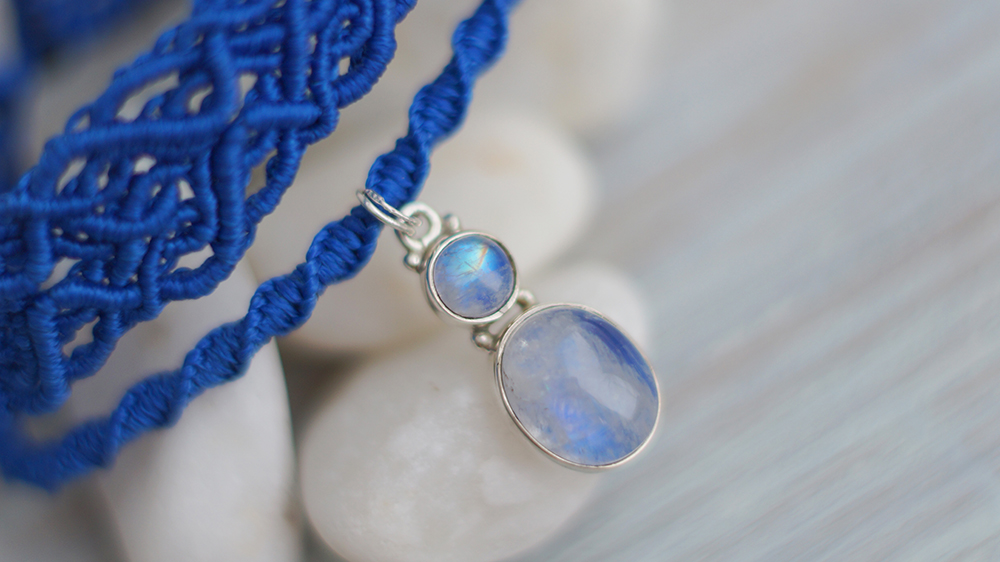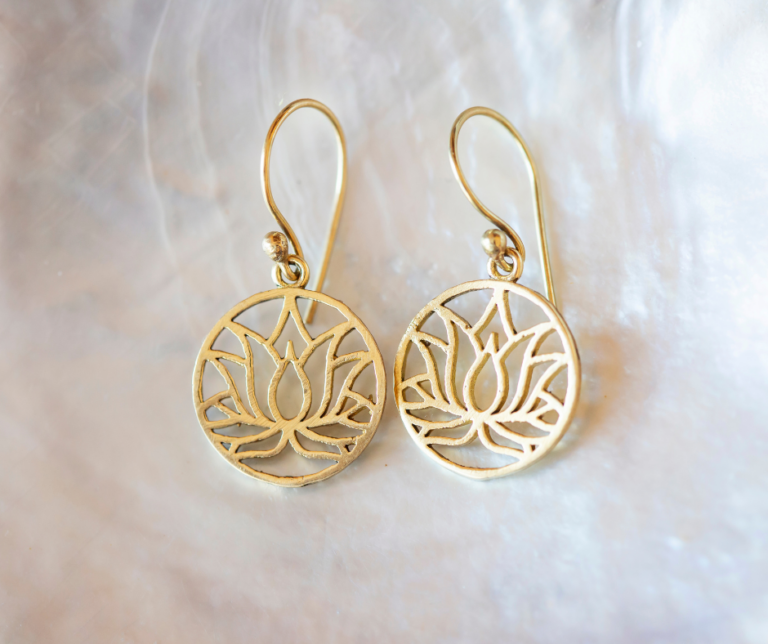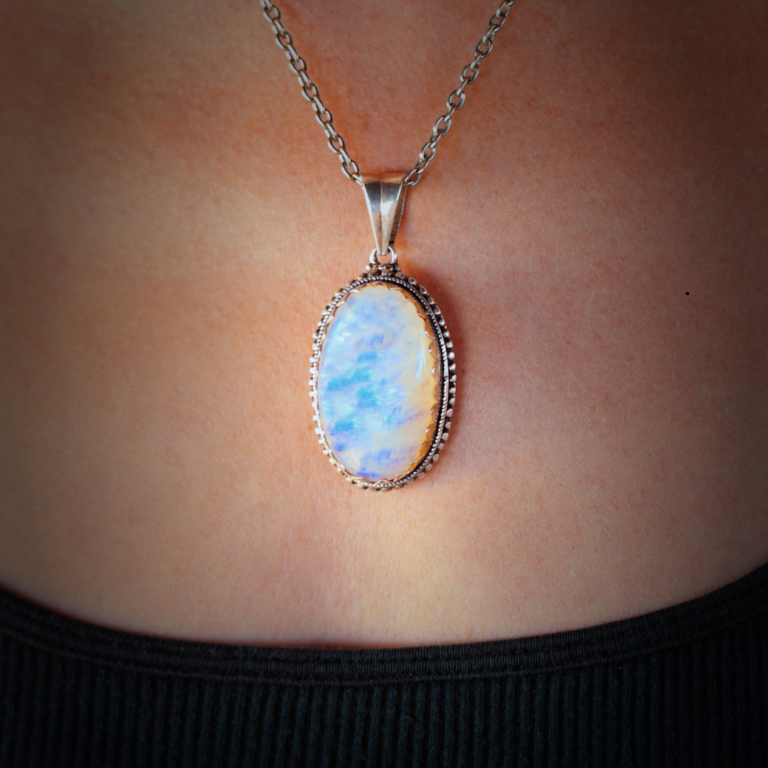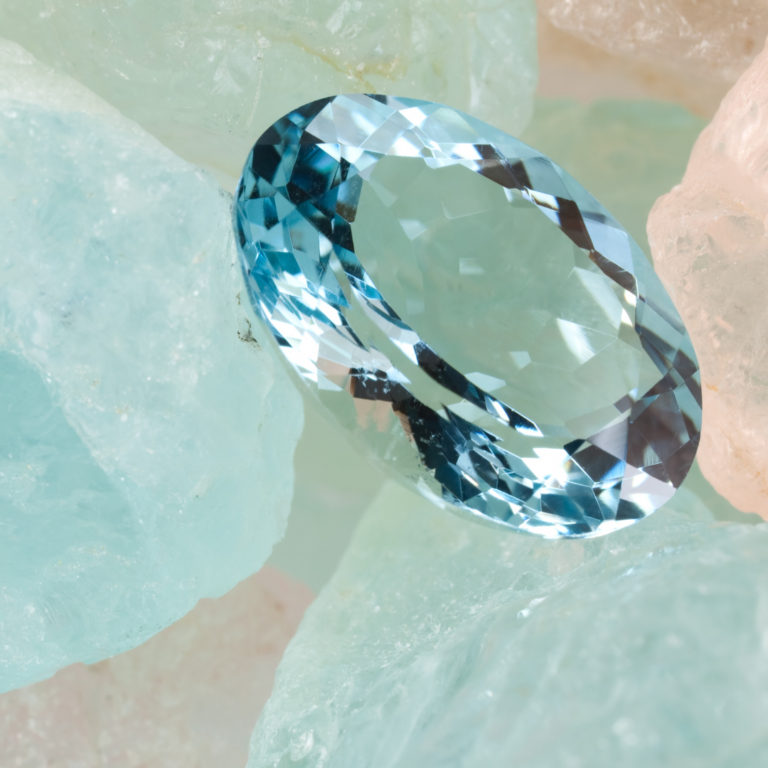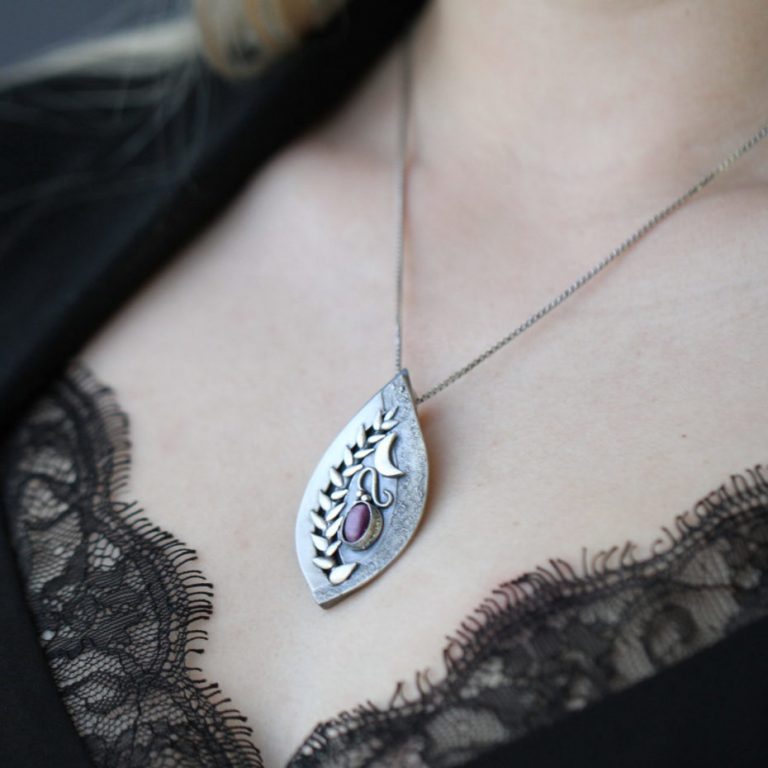Moonstone, here is what you can accomplish with it!
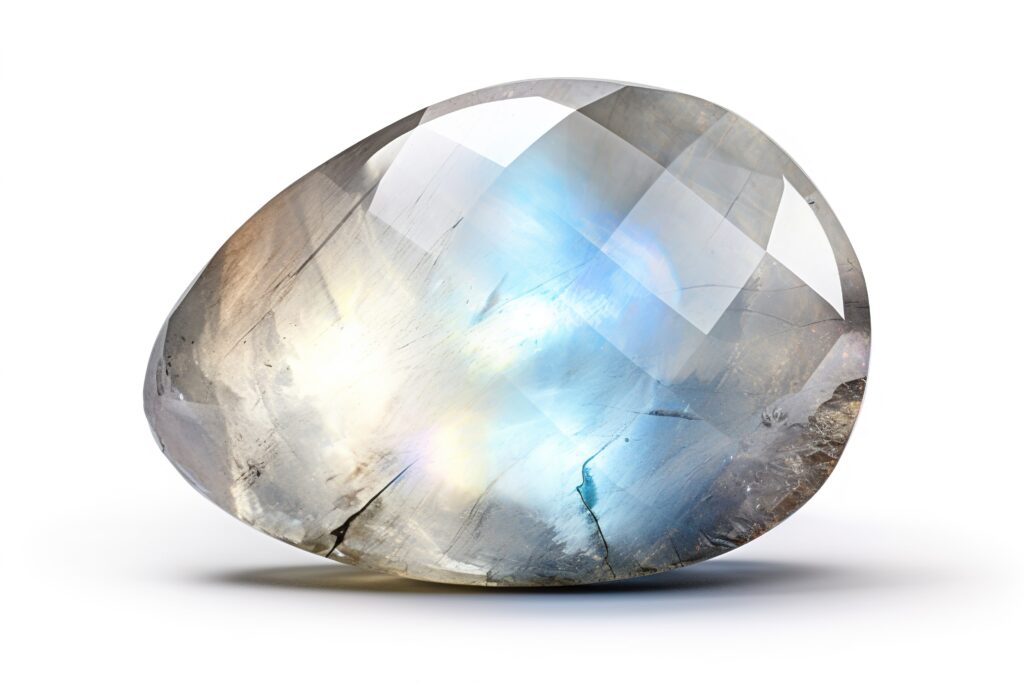
Moonstone is a captivating gemstone with a rich history and mystical allure. It is a type of feldspar mineral that exhibits a unique phenomenon called adularescence, where it appears to glow and shimmer as if moonlight is trapped within it. This natural phenomenon is caused by the intergrowth of two different types of feldspar minerals, resulting in the play of light on the surface of the moonstone.
Moonstone was believed to have magical properties and was considered a talisman for good luck and protection.
One of the most fascinating aspects is its association with ancient legends and folklore. In many cultures, moonstone was believed to have magical properties and was considered a talisman for good luck and protection. It was thought to enhance intuition and bring about emotional balance, making it a popular choice for those seeking spiritual enlightenment.
It has also played a significant role in the world of jewelry and fashion. Its iridescent sheen and ethereal beauty make it highly sought after for creating breathtaking pieces of jewelry. Moonstone is often cut into cabochon shapes to accentuate its adularescent glow, and it is commonly set in silver to enhance its celestial appeal.
Moonstone Can calm the mind and promote spiritual healing.
Not only this stone is admired for its enchanting appearance, but it is also valued for its metaphysical properties. It is believed to be a stone of inner growth and strength, helping individuals navigate the ebbs and flows of life with grace and ease. People believe that it calm the mind, enhance creativity, and promote spiritual healing.
In conclusion, moonstone is a gemstone of immense beauty and mystique. Its shimmering glow and historical significance have captivated hearts throughout the ages. Whether cherished for its aesthetic appeal or cherished for its believed metaphysical properties, moonstone continues to be a gemstone of both admiration and intrigue.
How is moonstone formed and where is it typically found?
This gem belongs to the feldspar mineral group. It is formed through a process known as exsolution, which occurs during the cooling and solidification of magma deep within the Earth’s crust. When the magma cools, the minerals within it separate and form distinct layers. It is formed when layers of orthoclase and albite feldspar separate out, creating a visually stunning adularescence effect.
It is typically found in several regions around the world. Sri Lanka is known for producing high-quality stones, especially in the southwestern part of the country, where they are mined from alluvial deposits. India is another significant source, particularly the state of Orissa. Other notable locations include Myanmar (Burma), Madagascar, Tanzania, Brazil, Australia, and the United States (New Mexico and Virginia).
How does the moonstone get its name?
It gets its name from its adularescence, a phenomenon that creates a moon-like glow or sheen when light hits the stone’s surface. This effect gives the illusion of the moon’s reflection shining through a thin veil of clouds.
Culturally, the moonstone holds significance in various societies and traditions:
- Hinduism: In Hindu mythology, it is believed to be a sacred and magical gemstone associated with the Moon God, Chandra. It is considered a symbol of divine feminine energy and is often worn by women for fertility, protection, and balancing emotions.
- Ancient Rome: Moonstone was highly revered in ancient Rome, where it was believed that the gemstone was formed from the solidified rays of the moon. Romans associated moonstone with lunar gods and goddesses, as well as with healing, love, and good fortune.
- Ancient Greece: The ancient Greeks and Romans associated the moonstone with their lunar deities, including Diana and Selene. These goddesses were believed to bring prosperity, harmony, and protection to those wearing jewelry with this gemstone.
- Arabic and Middle Eastern Cultures: Moonstone is highly valued in Arabian and Middle Eastern cultures, where it is often believed to bring blessings and protection from evil spirits. It is frequently featured in amulets, talismans, and traditional jewelry.
What is the origin of the name ‘moonstone’?
Its name perfectly captures the gemstone’s ethereal appearance, resembling the gentle, luminous glow associated with the moon. It is this enchanting quality that has made this gemstone very popular in jewelry and a highly regarded stone in various cultures and belief systems.

